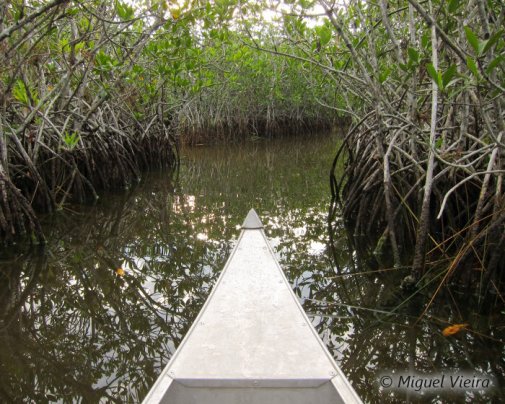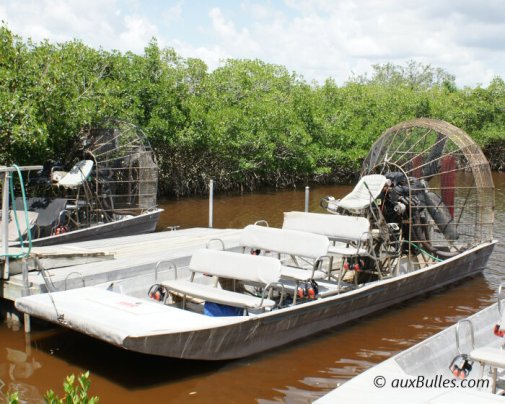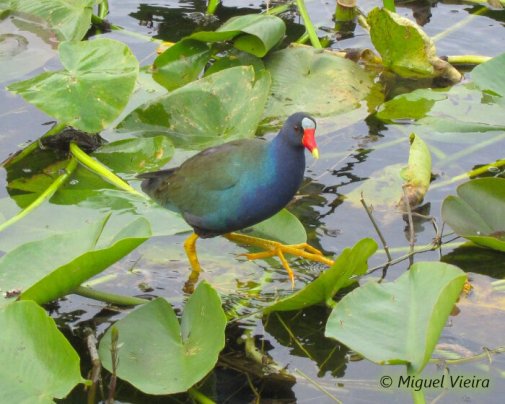Florida travel guideEverglades National ParkFlorida
Last updated on 10/31/2025 at 06:41 PM
Located at the southern tip of Florida, just outside Miami, Everglades National Park spans a vast, wild natural area where water plays a dominant role. In fact, southern Florida is rich with a multitude of protected natural areas, both terrestrial and marine !
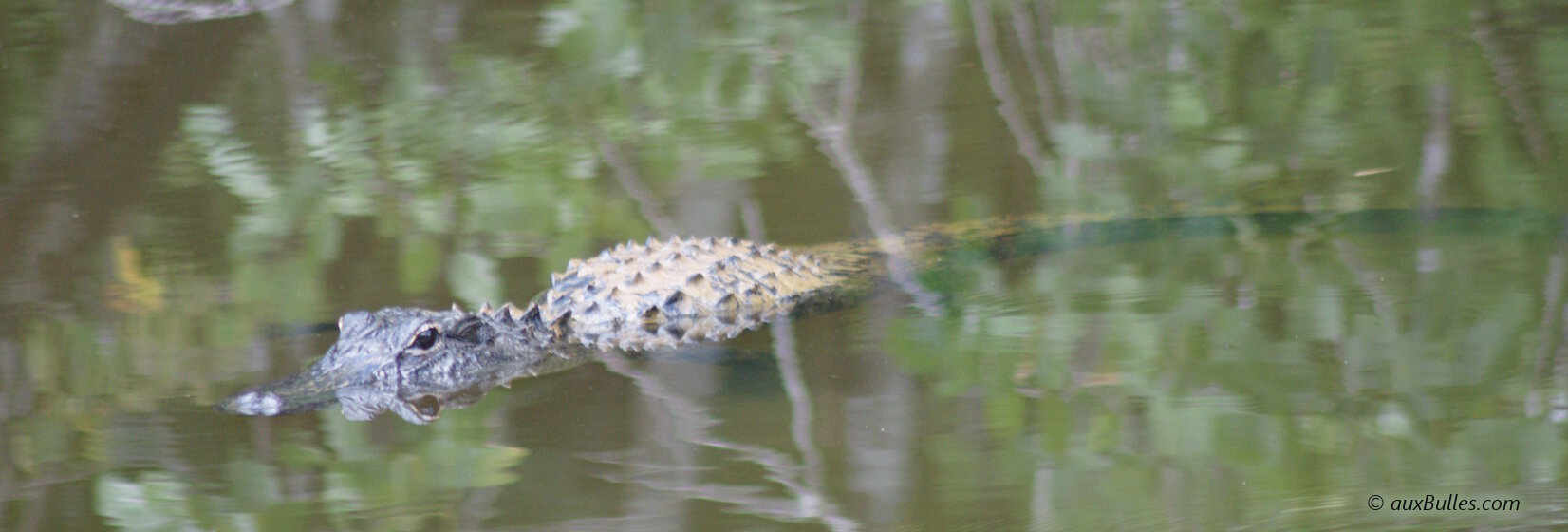
Encounter an Everglades resident: the american crocodile !
In the Everglades, you'll find mangroves that protect the coastline from erosion, marshy prairies, and even pine forests !
Everglades National Park was established in 1934 to preserve the delicate ecosystem and the many endangered species it shelters.
Exploring the Everglades: on Foot, by canoe or airboat !
Everglades National Park offers numerous ways to explore its natural spaces: hiking on various trails, paddling through a labyrinth of waterways by canoe, or taking an airboat ride to penetrate deeper into the ever-present mangroves.
The airboat, a major Everglades attraction, is an unforgettable experience for discovering the park and its unique environment. With its oversized propeller, roaring engine, and flat-bottomed hull, you’ll glide across the water’s surface with a noise-canceling headset, feeling like you're in a matchbox with a fan ! Highly maneuverable, the airboat skims over water and any vegetation or small islands that might cross its path.
For a quieter and more peaceful exploration, canoeing allows you to navigate shallow waters through mangrove-lined channels and discover the abundant wildlife.
Did You Know ?
With over 1.5 million acres, Everglades National Park is the tenth-largest national park in the United States.
About 15 endangered animal species live in the park, including the Florida panther, American crocodile, West Indian manatee and green sea turtle.
More than forty species of mammals inhabit Everglades National Park. Although many of them are accustomed to drier habitats, several, like the white-tailed deer, have adapted to the semi-aquatic environments of the Everglades.
Female alligators fiercely protect their nests and young until they reach one to two years old. Keep an eye out for baby alligators—they’re about a foot long and have yellow stripes on their bodies.
Both crocodiles and alligators are present in Everglades National Park but you can distinguish them by the crocodile’s more pointed, V-shaped snout.
The two most remote visitor centers in the Everglades, « Gulf Coast » and « Flamingo » are over 135 miles apart by road, but just 56 miles as the crow flies !
How to get there ?
Everglades National Park is accessible by car from the east via Miami or from the west via Naples. Two roads run east to west along the northern edge of the park, crossing a portion of Big Cypress National Preserve. These routes connect Miami to Naples and provide access to various points within the park. Therefore, you have two options:
- plan two base locations, one in Miami and one in Naples, to fully enjoy your time in the park
- If short on time, plan a single base and take a day loop from Miami, using the Tamiami Trail (Highway 41) and Interstate 75. However, this will limit the time and number of visits you can make in the park !
There are very few roads that penetrate deep into the park, and they can be counted on one hand:
- to the east, a road from Florida City leads to Flamingo, the main entrance to Everglades National Park !
- to the west, Highway 29 extends a few miles into Everglades City, ending on the small artificial island of Chokoloskee, made from a heap of organic limestone materials like shells, known as a shell mound.
Naturally, the visitor centers are located along these few routes:
- « Ernest F.Coe, Royal Palm and Flamingo » west of Florida City
- « Shark Valley » west of Miami on the Tamiami Trail
- « Gulf Coast » south of Everglades City, the gateway to exploring the « Ten Thousand Islands » a true aquatic maze with countless islands !
The visitor centers offer information on the park's richness and biodiversity through film screenings, brochures and various illustrated pamphlets.
A stop at a visitor center is a must so as to gather valuable information, such as the best spots to observe crocodiles in their natural habitat !
A tip, protect yourself against mosquito bites during the summer months, Florida's hot and humid season when mosquitoes are particularly numerous !
Top must-see places in Florida
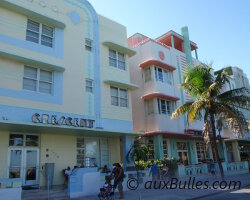
The Art Deco district
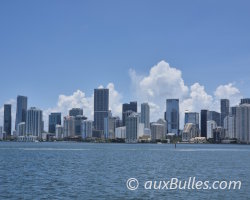
Biscayne Bay
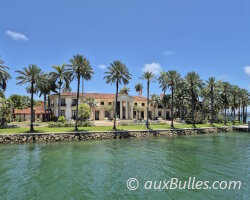
Miami's celebrity islands
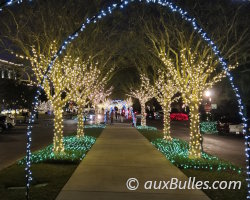
The magic of Christmas decorations
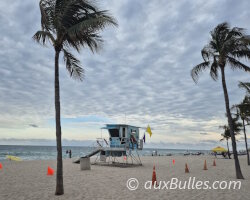
Fort Lauderdale, the Venice of America
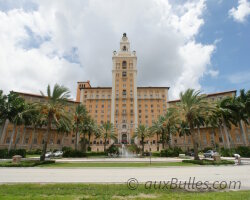
Best things to do in Miami
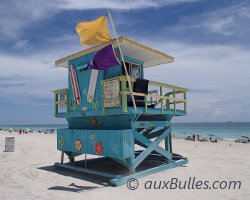
Miami Beach

A walk down Ocean Drive
Must-see places in the United States
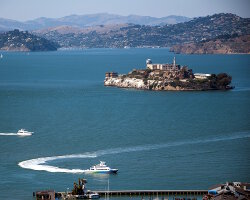
Alcatraz island

A visit to the Getty Center

The Getty Center with its ponds
Must-see places around the World
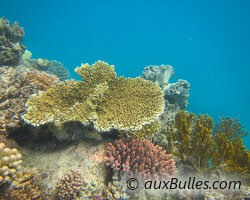
Dive into paradise, the Great Barrier Reef experience

The Brindavan gardens

Mykonos island
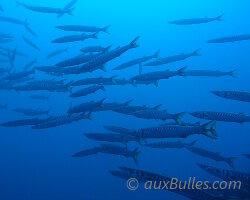
Port-Cros National Park
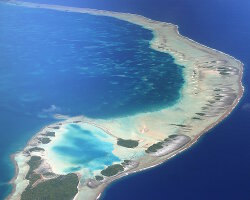
The Rangiroa atoll
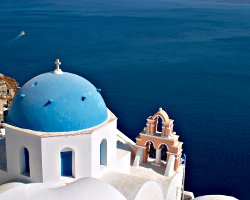
Santorini island
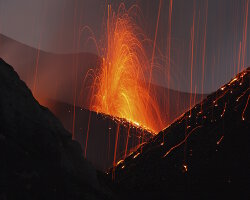
Stromboli island
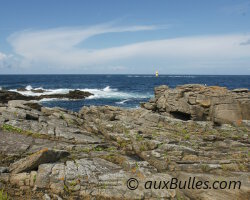
Yeu island
Our latestUpdates

Friday, December 19th 2025
The magic of Christmas decorations
Discover Christmas decorations in Florida: giant trees, illuminated palm trees, magical light displays and tropical settings to experience the holiday magic under the sun.
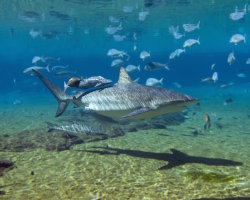
Monday, December 15th 2025
The dusky shark
Discover the dusky shark, one of the world's largest coastal sharks, and learn why this powerful predator is essential to marine ecosystems.

Friday, December 12th 2025
Christmas magic at Disney hotels
Experience the magic of Christmas at Disney hotels: enchanting decorations, giant Christmas trees, dazzling lights and a festive holiday atmosphere.
Photo of the Day
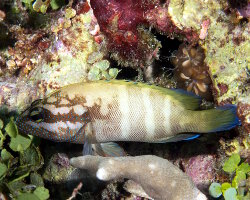
Mérou oriflamme
(Epinephelus fasciatus)
(Epinephelus fasciatus)

